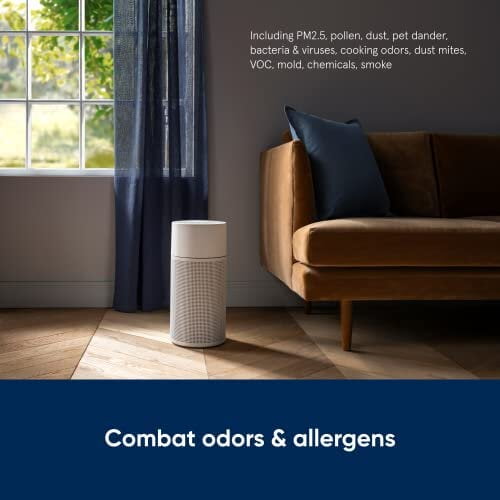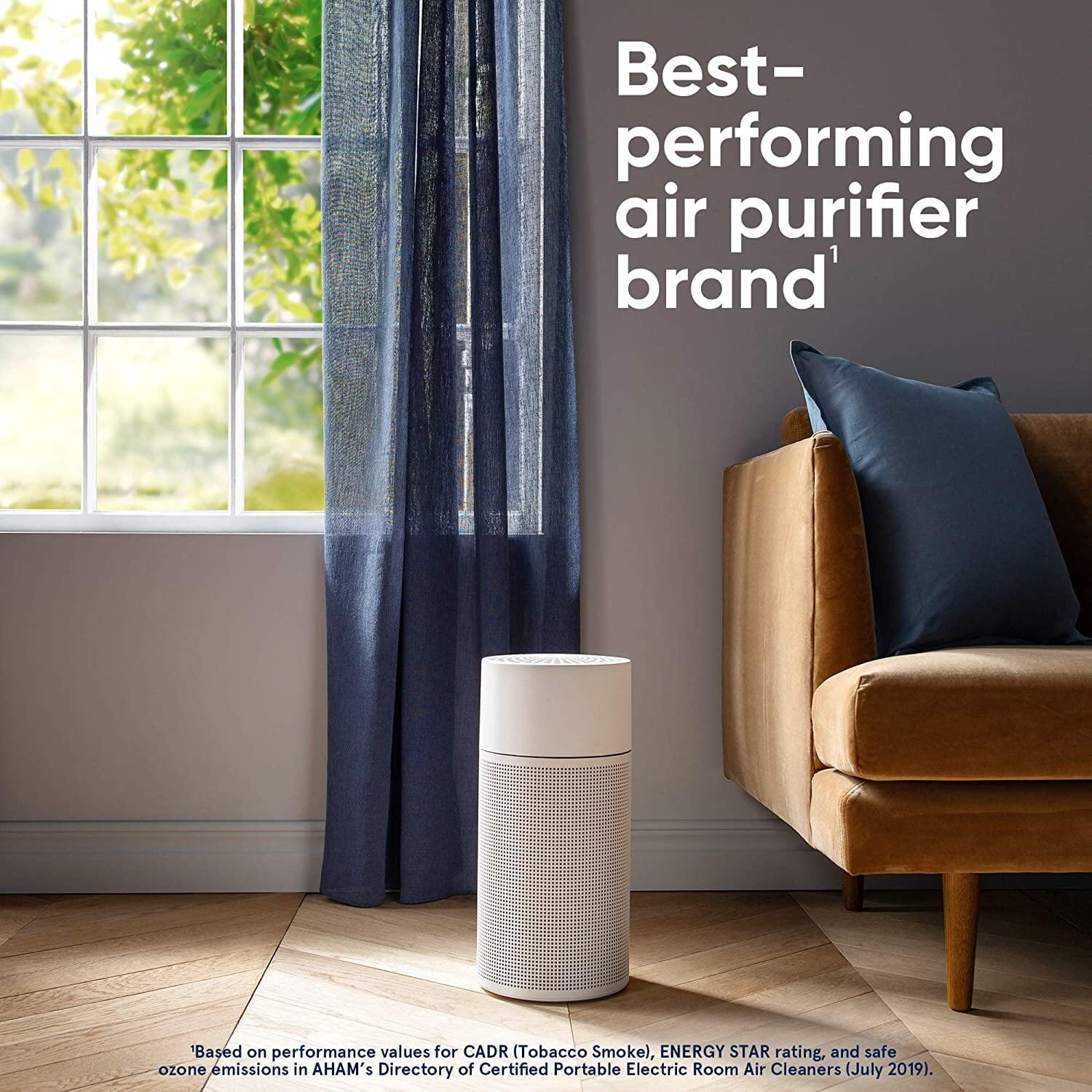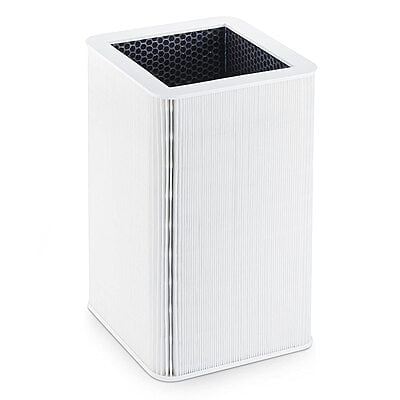Air Purifiers and Allergies: A Breath of Fresh Air for Sufferers
The Vital Role of HEPA Filters and Allergy Sensors in Air Purifiers
The Vital Role of HEPA Filters and Allergy Sensors in Air Purifiers
The Vital Role of HEPA Filters and Allergy Sensors in Air Purifiers
Air purifiers have become increasingly important for maintaining healthy indoor air quality, especially for those with allergies or sensitivities. Two key components that significantly contribute to their effectiveness are HEPA filters and allergy sensors.
HEPA Filters: The Backbone of Air Purification
HEPA (High-Efficiency Particulate Air) filters are the cornerstone of air purifiers. These filters are designed to capture a wide range of airborne particles, including:
- Allergens: Pollen, dust mites, pet dander, mold spores
- Pollutants: Dust, smoke, PM2.5 (fine particulate matter)
- Other: Bacteria, viruses (though their effectiveness against viruses varies)
HEPA filters achieve this by using a dense network of fine fibers to trap particles as small as 0.3 microns with an efficiency of 99.97%. This means they remove a significant majority of the harmful particles that can trigger allergies and respiratory issues.
Allergy Sensors: Intelligent Detection for Proactive Purification
Allergy sensors play a crucial role in optimizing the performance of air purifiers. These sensors continuously monitor the air quality, specifically detecting the presence of common allergens. When elevated levels of allergens are detected, the sensor triggers the air purifier to increase its filtration intensity, ensuring that the air is effectively cleaned and allergens are removed promptly.
The Synergy of HEPA Filters and Allergy Sensors
The combination of HEPA filters and allergy sensors creates a powerful synergy in air purification:
- Proactive Response: Allergy sensors enable the air purifier to respond proactively to changes in air quality, ensuring that allergens are captured before they can cause discomfort.
- Optimized Performance: By adjusting the filtration intensity based on the detected allergen levels, the air purifier operates more efficiently, saving energy and extending the lifespan of the HEPA filter.
- Personalized Comfort: Allergy sensors allow for personalized air purification, catering to the specific needs of individuals with allergies.
In conclusion, HEPA filters and allergy sensors are essential components of effective air purifiers. HEPA filters provide the core filtration mechanism, while allergy sensors add intelligence and responsiveness to the system. Together, they ensure cleaner, healthier air for everyone, especially those with allergies.
Why HEPA filters and Allergy sensors are important in an air purifier?
Why HEPA filters and Allergy sensors are important in an air purifier?
Why HEPA filters and Allergy sensors are important in an air purifier?

Tips to improve indoor air quality beyond air purifiers
Tips to improve indoor air quality beyond air purifiers
Tips to improve indoor air quality beyond air purifiers

Choosing an right Air Purifiers for a Breath of Fresh Air for Sufferers
Choosing an right Air Purifiers for a Breath of Fresh Air for Sufferers
Choosing an right Air Purifiers for a Breath of Fresh Air for Sufferers
Choosing the right air purifier is crucial for maximizing relief for respiratory sufferers. Prioritize models with HEPA filters, proven to capture over 99% of airborne particles including allergens and irritants. Consider the purifier's Clean Air Delivery Rate (CADR) to ensure adequate coverage for the room size. For those sensitive to odors or chemicals, activated carbon filters provide additional purification. Quiet operation is essential for restful environments, and energy efficiency minimizes long-term costs. Investing in a quality air purifier tailored to individual needs can significantly improve indoor air quality and offer a breath of fresh air for those with respiratory challenges.
Air Purifier
Conclusion: A Breath of Fresh Air for Sufferers
Conclusion: A Breath of Fresh Air for Sufferers
In conclusion, prioritizing clean air and proper ventilation offers a significant improvement in the quality of life for those suffering from respiratory conditions or allergies. By reducing exposure to airborne pollutants and irritants, individuals can experience fewer and less severe symptoms, leading to increased comfort and overall well-being. Implementing strategies to enhance air quality, both indoors and outdoors, is a crucial step towards promoting respiratory health and providing relief to those affected.


















